ITU deploys emergency telecommunication equipment to Fiji
|
ITU deployed emergency telecommunication equipment in response to the Government of Fiji request for assistance. Category-five Cyclone Winston crashed into Fiji Islands on February 20, 2016 bringing winds of over 325km/h, torrential rain and high sea waves. Tropical Cyclone Winston caused loss of lives and destruction to infrastructure including telecommunications, power lines and roads. Many villages have been destroyed on the island of Koro, North-East of the main island Viti Levu where the capital Suva is located. Damages across the East Division are extensive and access to the area was limited. The emergency telecommunication equipment provided include satellite phones, satellite broadband terminals and accessories, which are being used to support relief and coordination efforts. |
|
ITU deploys emergency telecommunication equipment to Commonwealth of Dominica |
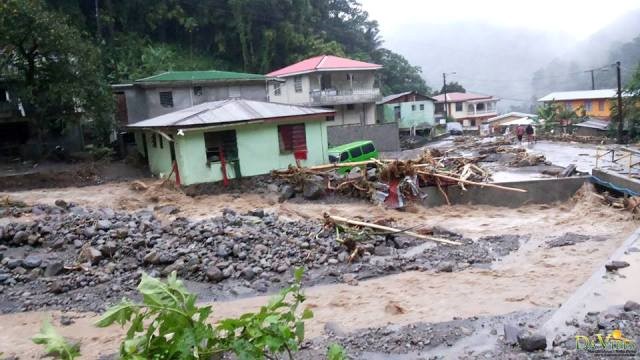
| ITU deployed emergency telecommunication equipment in response to the Government of Dominica’s request for assistance while Tropical Storm Erika lashed at the island causing loss of lives and infrastructure. Heavy rains, severe flooding and landslides wreaked widespread damage across the island in the Lesser Antilles region of the Caribbean Sea. The emergency telecommunication equipment includes satellite phones, Broadband Global Area Networks, solar chargers, laptops and accessories, which are being used to support relief and coordination efforts. (27 August 2015) |
ITU deploys emergency telecommunication equipment to Myanmar |
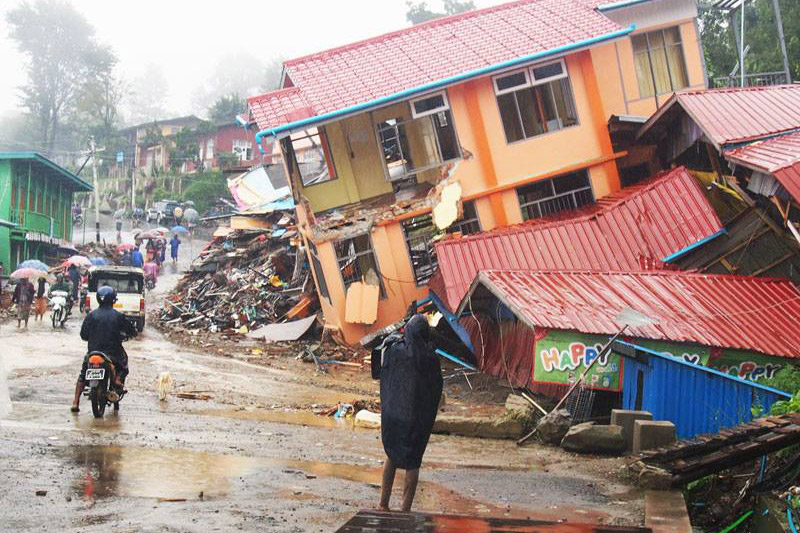
| Heavy seasonal rains caused severe flooding in Myanmar. As the situation continued to evolve, the President of the Union of Myanmar, Hon. Thein Sein issued a statement declaring natural disaster zones in Chin and Rakhine states, Sagaing, and Magway regions, stating “the following regions which are hugely affected by natural disasters and have challenges for rapid restoration to normality, are announced as natural disaster zones (1) Chin State, (2) Sagaing Region, (3) Magway Region and (4) Rakhine State.” The government indicated that it would accept international assistance. In response, ITU deployed emergency telecommunication equipment to support response activities. (4 August 2015). |
ITU deploys emergency telecommunication equipment to Kenya |
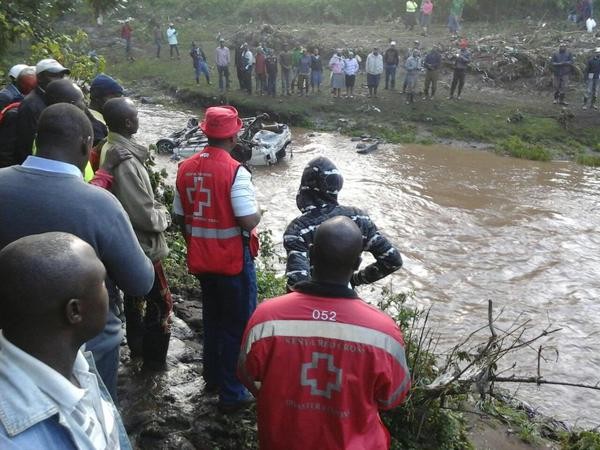
| Heavy seasonal rains caused severe flooding in Kenya, causing devastation and loss of lives. The government requested the assistance from ITU. To support response and recovery activities ITU deployed emergency telecommunication equipment to coordinate those efforts. (15 May 2015). |
ITU deploys emergency telecommunication equipment to Nepal |
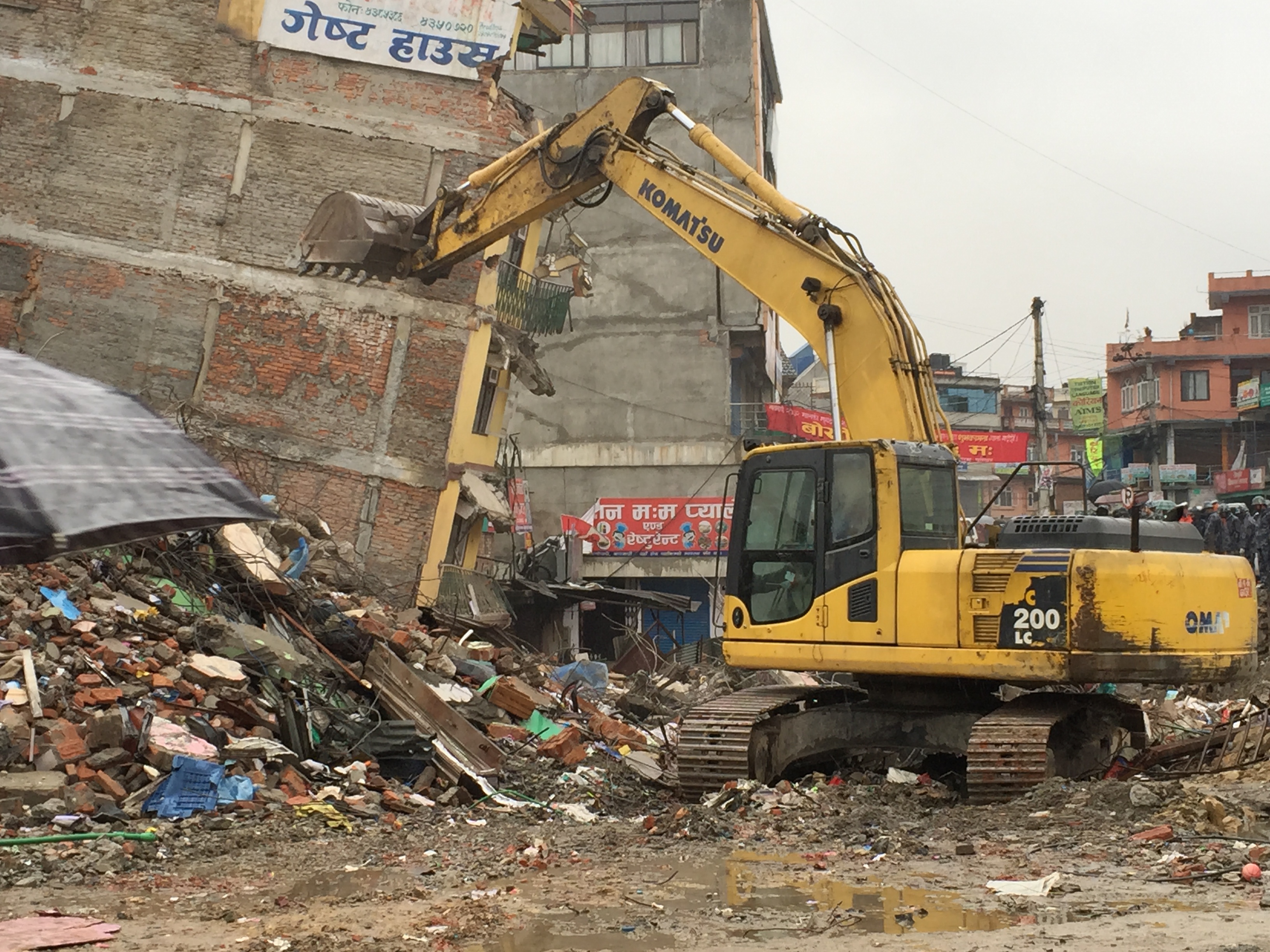
| Following the 7.8 magnitude earthquake that hit Nepal on 25 April 2015, ITU deployed emergency telecommunication equipment to support relief coordination efforts.
35 satellite telephones and 10 satellite Broadband Global Area Network terminals along with solar panels and laptops were deployed in the aftermath of the earthquake. The equipment is being used in rural areas for search and rescue operations as all the telecommunications infrastructure was damaged.
(April 2015) |
ITU deploys emergency telecommunication equipment to Mozambique |
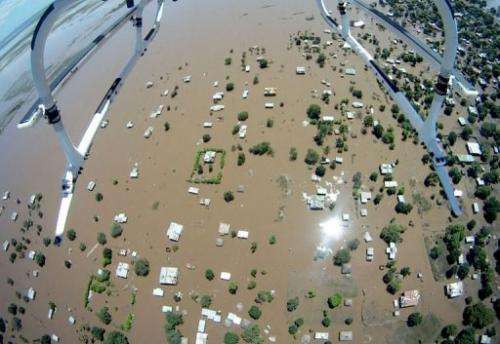
| ITU deployed emergency telecommunication equipment to Mozambique following the request from Mozambique for assistance with satellite communication equipment for improvement of preparedness readiness.
ITU dispatched 10 Iridium satellite phones to further improve preparedness and coordination for future disasters.
(April 2015) |
ITU deploys emergency telecommunication equipment to Micronesia |
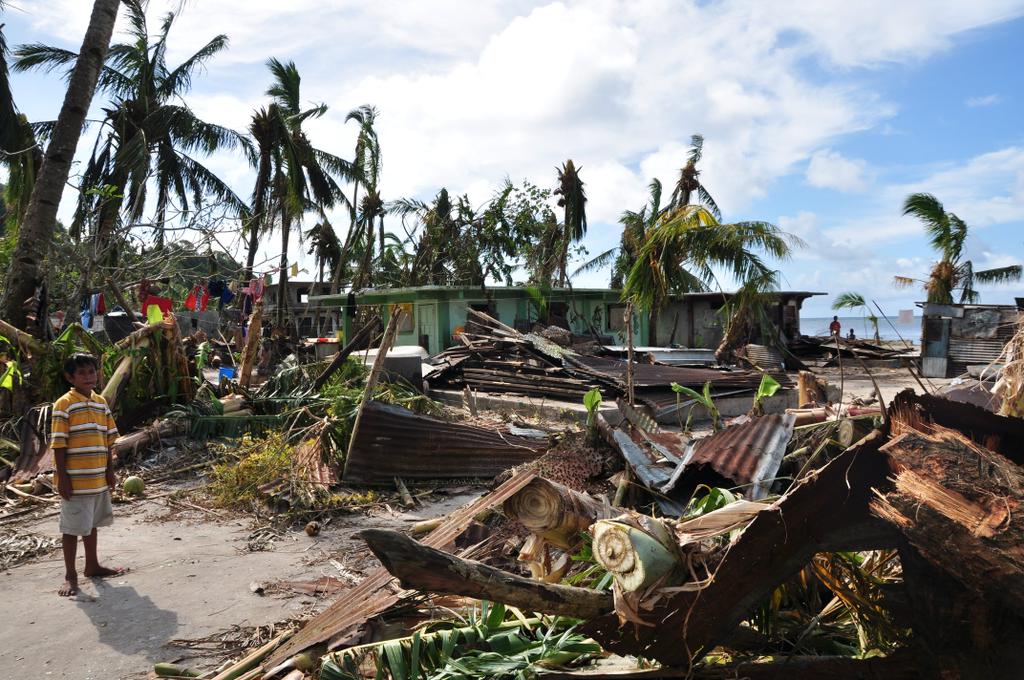
| ITU deployed emergency telecommunications equipment to The Federated States of Micronesia following the devastation caused by a Category 5 Tropical Typhoon Maysak which hit the islands on 30 March.
ITU dispatched 30 satellite phones, 5 Broadband Global Area Network terminals and 25 solar panels to the Island nation to support relief coordination efforts.
(April 2015) |
ITU deploys emergency telecommunication equipment to Vanuatu |
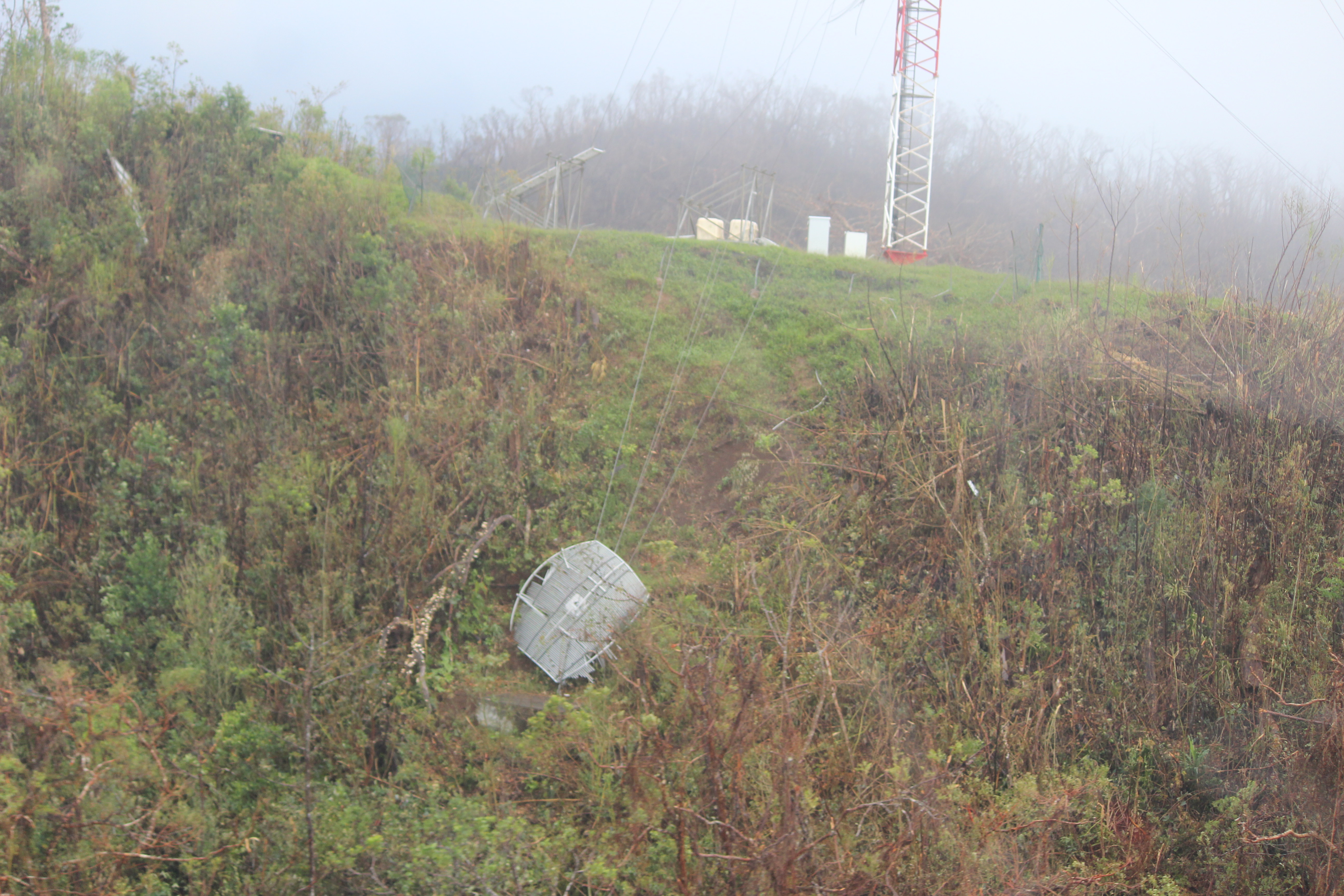
|
ITU deployed emergency telecommunication equipment to Vanuatu following the devastation caused by Cyclone Pam, a category 5 category cyclone which hit the archipelago on Friday, 13 March 2015.
ITU dispatched 40 satellite phones, 10 Broadband Global Area Network terminals and 35 solar panels to the Island nation to support relief coordination efforts.
(March 2015) |
ITU deploys satellite communication equipment to flood-hit Malawi |

|
The International Telecommunication Union (ITU) has dispatched emergency telecommunication equipment to Malawi which has been recently affected by severe flooding.
ITU has deployed 28 units of Thuraya XT satellite phones to support relief coordination efforts.
(January 2015) |
ITU deploys satellite communication equipment in Philippines |
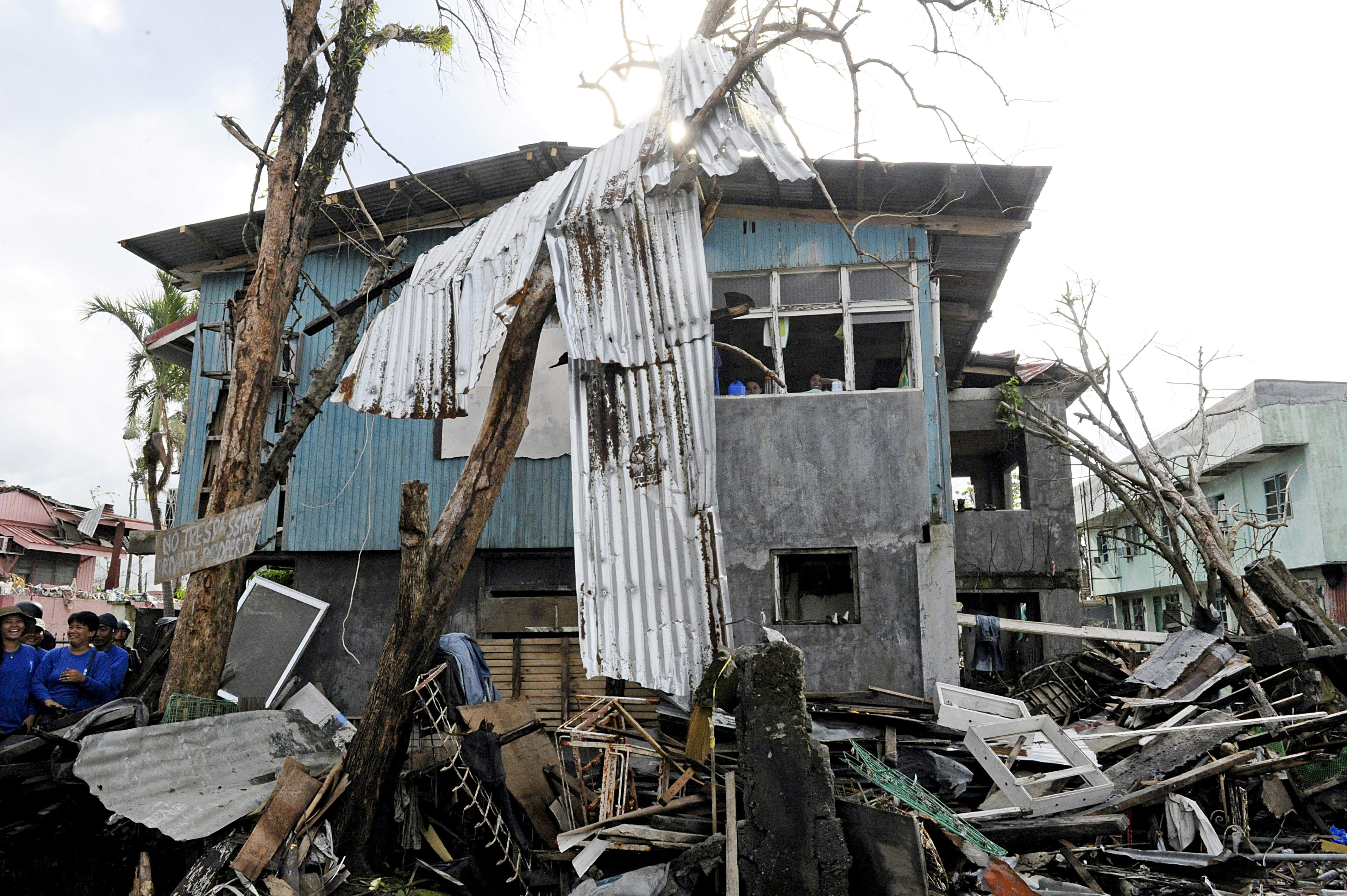
| ITU deployed satellite telecommunications equipment to be used for relief activities in areas of the Philippines severely affected by the recent Typhoon.
ITU has deployed satellite telephones from Thuraya and Iridium, as well as VSAT Terminals to support relief activities.
(December 2014) |
ITU deploys satellite communication equipment in Cape Verde |
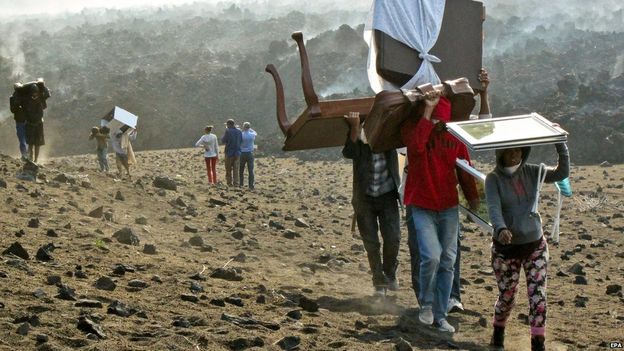
| ITU deployed satellite telecommunications equipment to be used for preparedness activities in Cape Verde, in the area of an active volcano.
ITU has deployed satellite telephones from Iridium and Inmarsat BGAN to support preparedness activities.
(November 2014) |
ITU deploys satellite communication equipment in Central African Republic |
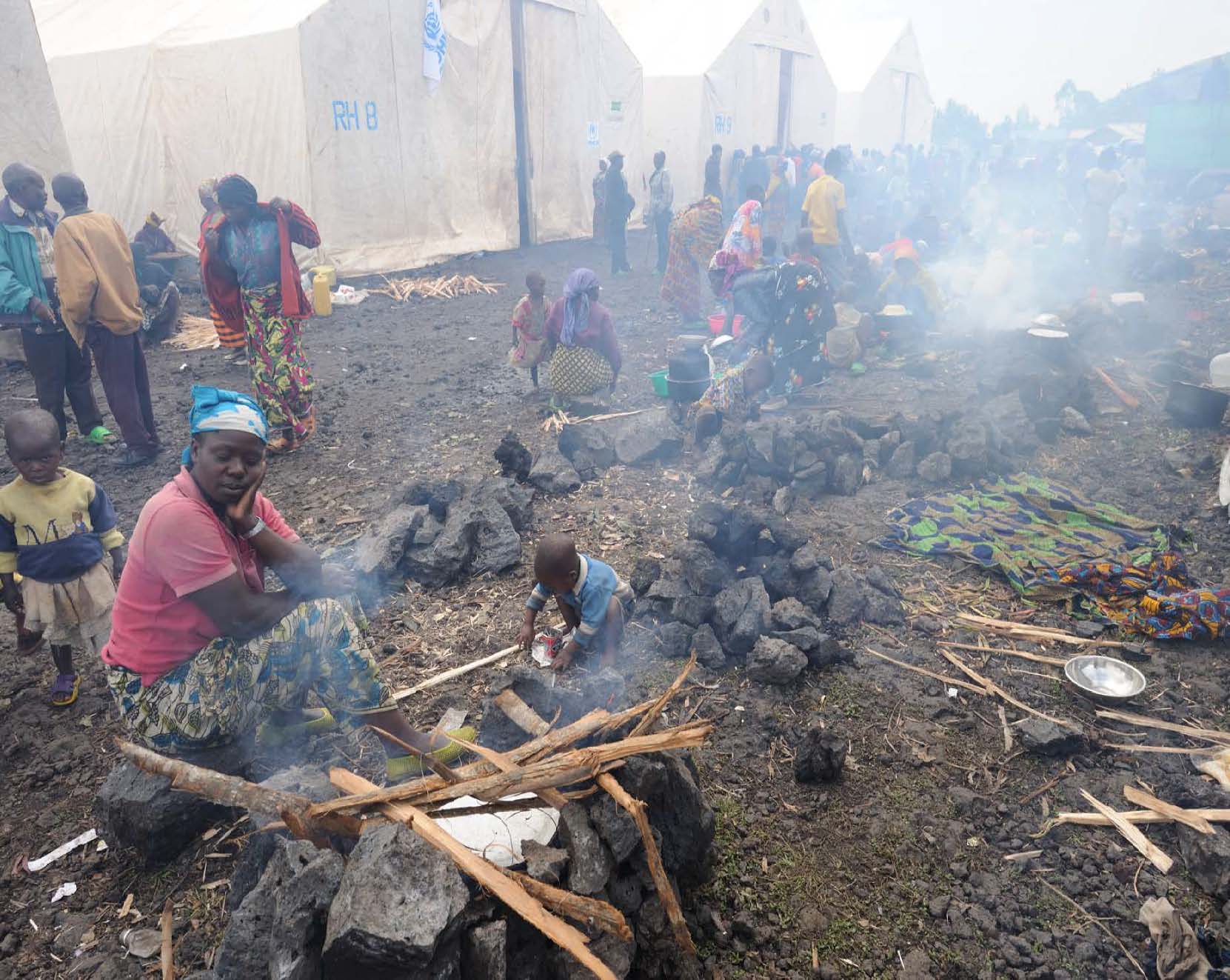
| ITU deployed satellite telecommunications equipment to be used for relief activities in areas of the CAR severely affected by the
the humanitarian crisis currently taking place in the country.
ITU has deployed a number of Thuraya satellite terminals.
(October 2014) |
ITU deploys satellite communication equipment in Sierra Leone |
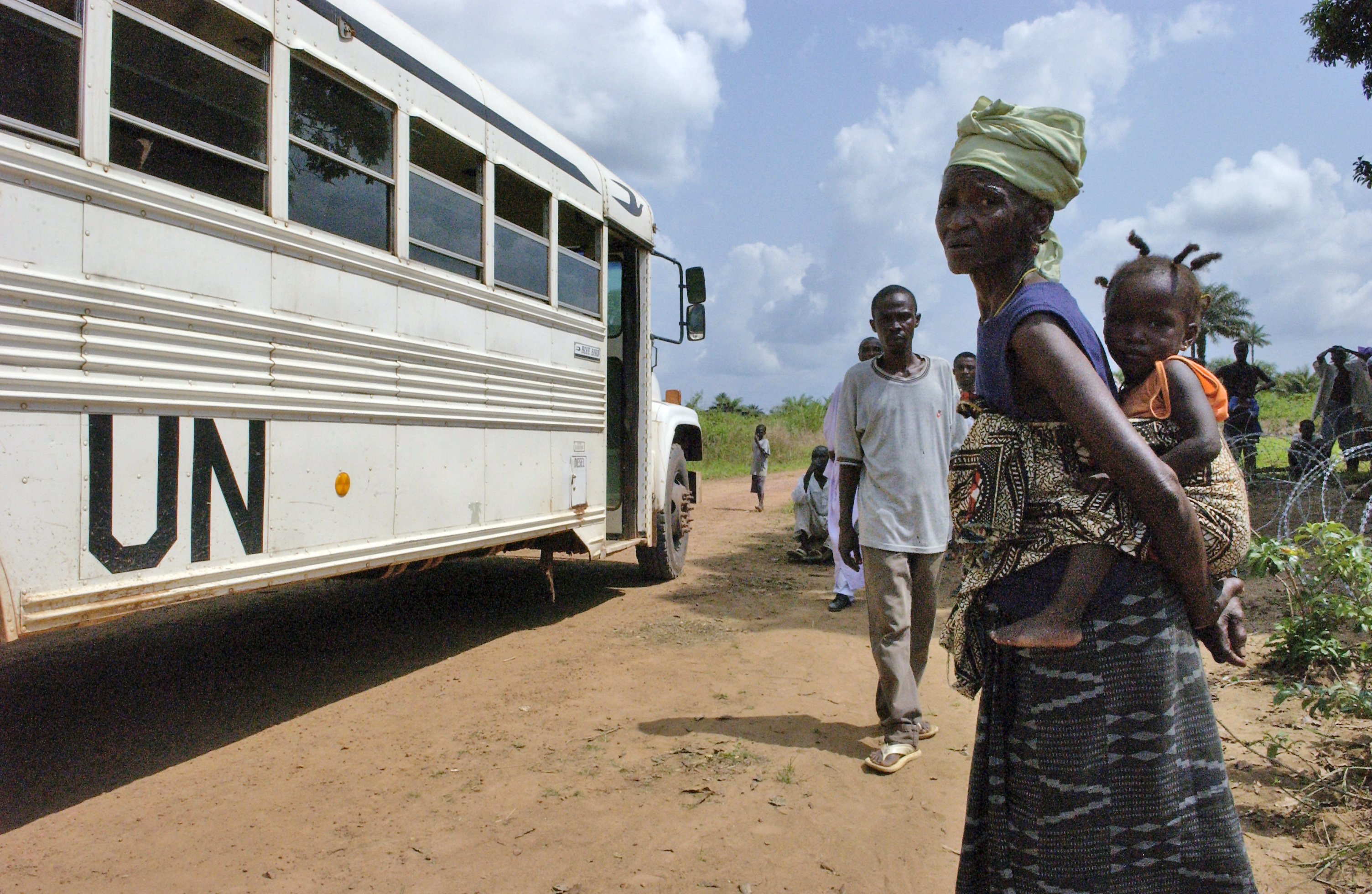
| ITU deployed satellite telecommunications equipment to be used for relief activities in areas of the Sierra Leone severely affected by the Ebola outbreak – one of the most severe outbreaks in the region.
ITU has deployed a number of Thuraya, Iridium and Inmarsat satellite phones.
(October 2014) |
ITU deploys satellite communication equipment in Tonga |
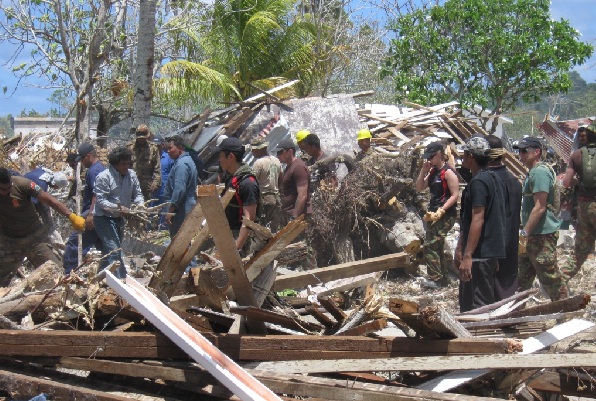
| ITU has deployed emergency telecommunications equipment for mitigation and preparedness in response to possible multi-hazard disasters that threaten the population of Tonga. It is feared that a frequent storms and earthquakes may cause massive disasters in Tonga if preparedness is not established well. (February 2014) |
ITU deploys satellite communication equipment in Philippines |

| ITU deployed satellite telecommunications equipment to be used for relief activities in areas of the Philippines severely affected by Typhoon Haiyan – one of the most powerful typhoons ever recorded. The most affected area that the typhoon tore through is the Visayas region of central Philippines with deadly force, making landfall five times, in the provinces of Eastern Samar, Leyte, Cebu, Panay Island and Palawan. Powerful winds and seawater has devastated buildings, communities and families. ITU has deployed a number of Thuraya satellite telephones, Iridium satellite phones, Inmarsat satellite phones, Inmarsat Broadband Global Area Network terminals, VSAT Terminals and QUALCOMM Deployable Base Station.
(December 2013) |
ITU deploys satellite communication equipment in Mali |

| ITU deployed satellite telecommunications equipment to be used for relief activities in areas affected by fighting in Mali. ITU deployed communication equipment through WHO and UNHCR to support their operations on the ground as well as o support the communities displaced in neighboring countries of Mali.
ITU has deployed a number of Thuraya satellite telephones and Inmarsat Broadband Global Area Network terminals.
(March 2013) |
ITU deploys satellite communication equipment in Malawi |

| ITU deployed satellite telecommunications equipment to be used for relief activities in Malawi's flood prone districts. This is due to the anticipated rainy season that causes severe flooding especially in the southern part of Malawi. (November 2011) |
ITU deploys satellite communication equipment in Uganda |
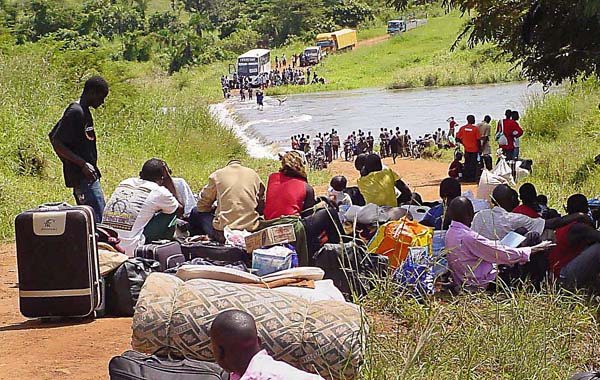 | ITU deployed satellite mobile telecommunications equipment for mitigation and preparedness to the actual rainy season, which is causing severe floods and mudslides that can result in loss of life and destruction in the Uganda. (February 2011) |
ITU deploys satellite communication equipment in Cape Verde |
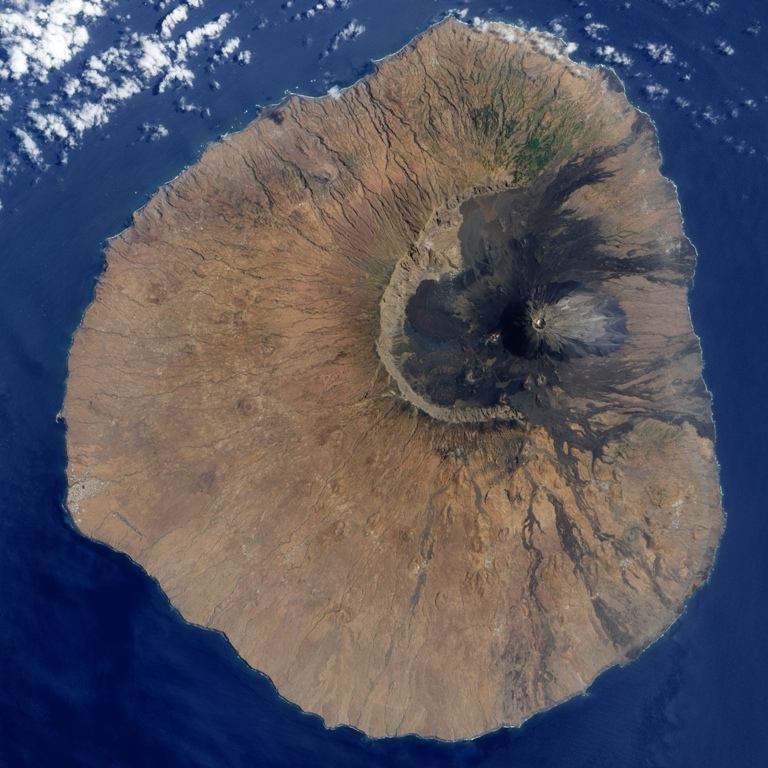
| ITU has deployed emergency telecommunications equipment for mitigation and preparedness in response to possible volcanic eruption that is threatening the local population around mount Fogo. It is feared that a volcanic eruption that may cause massive disaster especially for the people of the island of Fogo. (Jun 2011) |
ITU deploys satellite communication equipment to earthquake and tsunami hit Japan |
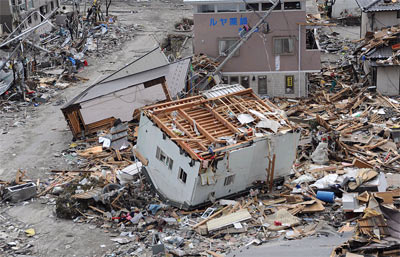
| ITU has dispatched emergency telecommunications equipment to areas severely affected by the tsunami that struck the coastal areas of Japan following Friday's devastating earthquake measuring 9.0 on the Richter scale.
ITU has deployed 78 Thuraya satellite phones equipped with GPS to facilitate search and rescue efforts along with 13 Iridium satellite phones as well as 37 Inmarsat Broadband Global Area Network terminals. An additional 30 Inmarsat terminals are also ready for dispatch. The equipment can be charged by car batteries and are also supplied with solar panels to enable operations during power outages. (May 2011) |
ITU restores communication links in Indonesia disaster zones |
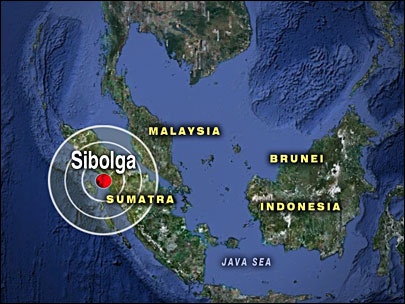
|
ITU has deployed a hybrid of 40 broadband satellite terminals in an effort to restore vital communication links in the aftermath of a tsunami triggered by a 7.7-magnitude earthquake and a volcanic eruption that hit the Indonesian archipelago in two separate incidents.
As aid and rescue workers battle rough weather and difficult terrain to reach tsunami victims in the remote Mentawi islands off Sumatra, Mount Merapi continues to spew super-heated gas and debris on villages in Central Java. The natural disasters have wreaked havoc, causing untold death and destruction in their wake.
(October 2010). |
ITU deploys broadband satellite telecommunications equipment to flood ravaged Pakistan |
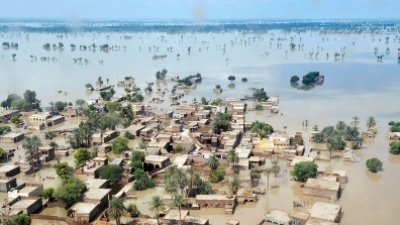
| The International Telecommunication Union has deployed satellite communications equipment following the severe floods that are continuing to affect the country. Hundreds of people have lost their lives, and infrastructure has been destroyed. Over 15 million people have been displaced and vast tracts of fertile agricultural land have been inundated, with many facing the prospect of a continuing battle with water-borne diseases and malnutrition. The livelihoods of several millions have been affected with severe long-term repercussions on the economic and social life of the country. (August 2010) |
ITU deploys satellite communication equipment to earthquake hit Chile |
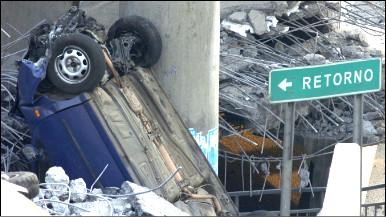
| The International Telecommunication Union has deployed satellite communications equipment in the immediate aftermath of the earthquake that struck Chile on 27th February, 2010. The equipment will be used to coordinate search and rescue operations, and the delivery of basic logistics and services by humanitarian workers. The magnitude of the earthquake (8.8 on the Richter scale) is one of the most powerful in recorded history. The epicenter of the quake was 115km (70 miles) north-east of Concepcion and 325km south-west of Santiago. It claimed over 700 lives, affected thousands of people, and destroyed basic infrastructure that includes telecommunications, power, roads, and houses. ITU is in the process of identifying additional resources to augment the equipment deployed this far. (March 2010) |
ITU joins international effort to assist Haiti : Satellite links to re-establish communications in earthquake-hit country |
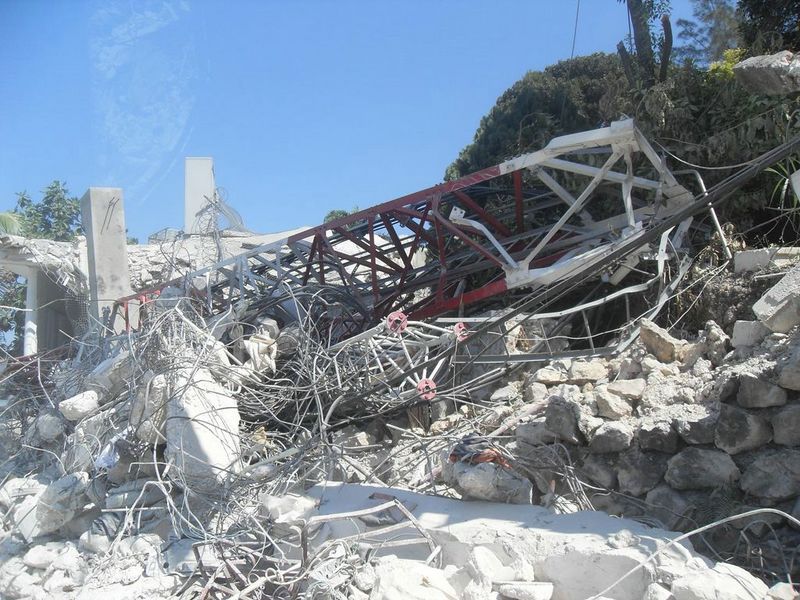
| Forty satellite terminals are being deployed immediately to re-establish basic communication links and a further 60 units with broadband facility are being dispatched along with experts to operate them. ITU will also set up a Qualcomm Deployable Base Station (QDBS), a reliable, responsive and complete cellular system designed to enable vital wireless communications aimed at strengthening response and recovery mechanisms in a disaster zone. ITU has allocated a budget of over USD 1 million to strengthen the disaster response effort in Haiti. (January and October 2010) |
ITU deploys satellite terminals to Samoa |
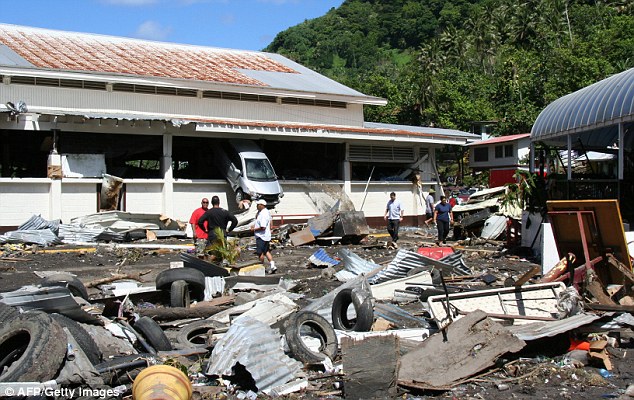
| The International Telecommunication Union (ITU) has deployed 15 satellite telephones to the island nation of Samoa, following the 8.3-magnitude quake that struck at 1748 GMT on Tuesday 29 September 2009 and the subsequent tsunami. (October 2009) |
ITU deploys satellite terminals in Indonesia after earthquake in Sumatra province |
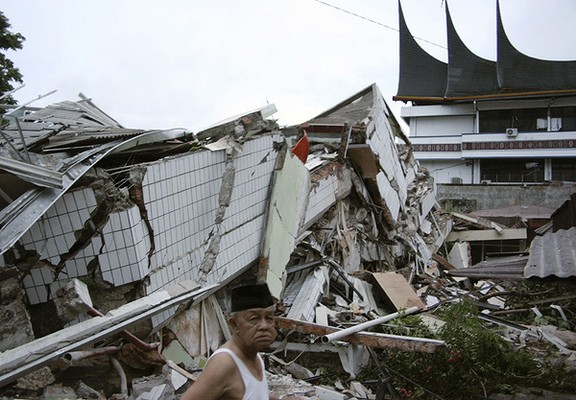
| Following two powerful earthquakes that stuck near the city of Padang in the west Sumatra province, the International Telecommunication Union (ITU) has deployed 80 satellite terminals to aid in relief and rescue efforts. The main earthquake struck at 1716 local time on 30 September 2009 with a magnitude of 7.6 some 85km (55 miles) under the sea, north-west of Padang whilst the second quake of 6.8 struck close to Padang at 0852 local time on Thursday 01 October 2009. More than 1,000 people are known to have died and many more trapped after scores of buildings were sent crashing to the ground. The equipment is key to coordinate relief and rescue efforts by the government authorities and other humanitarian aid agencies.(October 2009) |
ITU deploys satellite terminals to Tonga |
| The International Telecommunication Union (ITU) has deployed satellite telephones to the Kingdom of Tonga following an earthquake and devastating tsunami that hit Samoa on the 29th September 2009 resulting in the loss of lives and infrastructure damages. (August 2009) |
Princess Ashika disaster |
| The International Telecommunication Union (ITU) has deployed 10 Iridium satellite phones with solar panels to provide assistance for rescue operations after the sinking of the Princess Ashika, on the night of Wednesday 5th of August 2009. This disaster is the biggest that the Kingdom of Tonga has faced in history. The satellite equipment deployed by ITU was used by the emergency services, the police and the line ministries involved in search and rescue operations that were carried out 85 kilometers North East of the main island Tongatapu. The equipment was also used by the forensics to give real- time information to the operation base used for the identification of victims. (August 2009) |
ITU deploys satellite terminals in Kyrgyz after earthquake in the southern province of Osh. |
| The International Telecommunication Union (ITU) has deployed satellite telephones to help restore vital communication links in the region. The 6.6-magnitude quake that killed and injured many residents especially in the high-altitude village of Nura, also destroyed buildings and infrastructure The ITU emergency satellite equipment is especially well-suited to the task of coordinating disaster relief operations and is compatible with existing government systems in the country. The Iridium equipment uses solar panels to provide alternative power in the absence of power infrastructure in the immediate aftermath of a disaster. (October 2008) |
|
| In response to the severe earthquake that struck central China on 12 May 2008, the International Telecommunication Union (ITU) deployed 100 satellite terminals to help restore vital communication links in the region. The 8.0-magnitude quake in Sichuan province of China killed more than 40 000 people and injured 250 000, with at least 32 000 still missing ten days after the tragedy. The quake which destroyed infrastructure and telecommunications lines, disrupted electricity and transport, brought down buildings and rendered nearly 5 million people homeless, is the country's worst natural disaster in three decades. Roughly 5 million people have been left homeless. The ITU emergency satellite equipment is especially well-suited to the task of coordinating disaster relief operations and is compatible with existing government systems in the Sichuan Province. The equipment uses both satellite and GSM networks and also provide accurate GPS coordinates to aid relief and rescue operations. (May 2008) |
ITU deploys satellite terminals in Myanmar in the aftermath of Cyclone Nargis. |
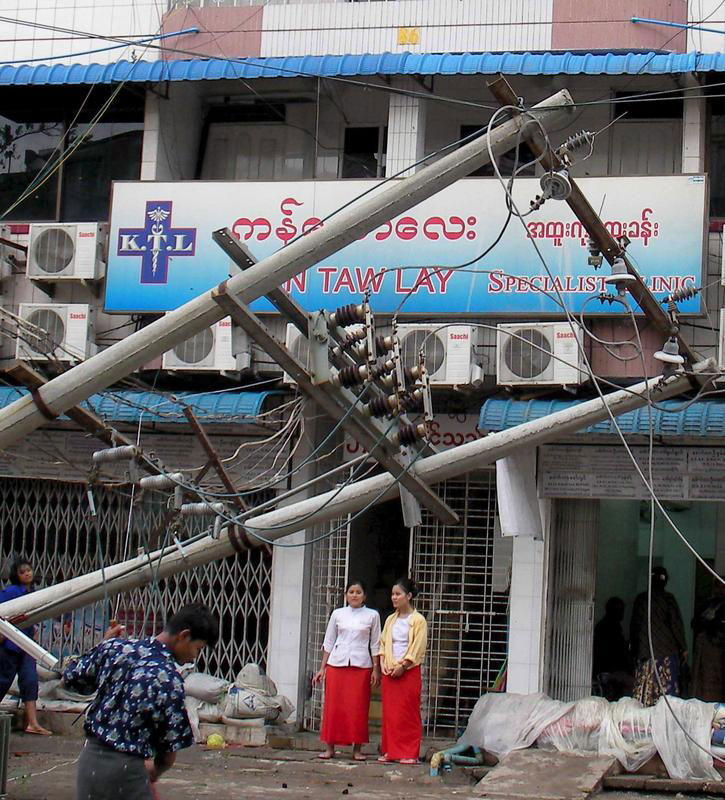
| The International Telecommunication Union (ITU) deployed 100 satellite terminals to help restore vital communication links in the aftermath of Cyclone Nargis which hit Myanmar on May 2. Cyclone Nargis tore off roofs, uprooted trees and downed power lines resulting in many parts of Yangon being left without electricity and telecommunications. Based on a satellite map made available by the U.N., the storm's damage was concentrated over about a 30,000-square-kilometer area along the Andaman Sea and Gulf of Martaban coastlines, home to nearly a quarter of Myanmar's 57 million people. ITU was one of the first agencies to arrive and deploy telecommunications resources in Myanmar and this rapid response was made possible thanks to the on-going implementation of the ITU Framework for Cooperation in Emergencies. (May 2008) |
ITU deploys satellite terminals in Zambia floods. |
| The International Telecommunications Union (ITU) provided both Thuraya hand-held satellite phones and Inmarsat Global Area Network (GAN) satellite terminals to Zambia to assist officials in their relief efforts after severe floods inundated low-lying districts across Zambia. Nearly 400 000 people in 19 districts across the country were affected, with as many as 36 000 inhabitants displaced. The majority of the victims were in Monze (Western Province), Mumbwa (Central Province), Mkushi (Central Province), Mazabuka (Southern Province) and Kafue (Lusaka Province). A total of 3418 homes and 44 schools collapsed as a result of heavy rainfall, and ensuing floods have destroyed roads and communication links, hampering the coordination and delivery of assistance. This deployment of emergency telecommunications proved critical for the government and humanitarian aid agencies were involved in rescue operations, medical assistance and recovery. The mobile terminals deployed by ITU are easily transportable by road and air to the affected regions and facilitate the coordination of relief operations by both government and humanitarian agencies to aid the victims of such disasters. |
ITU deploys satellite terminals in Uganda floods. |
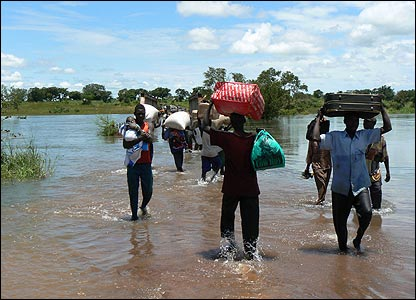
| The International Telecommunications Union (ITU) deployed 25 satellite terminals to help restore vital communication links in the aftermath of severe floods that affected the eastern and northern regions of Uganda. Several districts were ravaged by torrential rains and flash floods that swept through the country, taking lives, marooning over 140,000 people and destroying road and communication links. The terminals were allocated to the Ministry of Disaster Preparedness, Relief and Refugees and Coordination Officers in the affected regions to assist in the response and relief efforts. The offer from ITU followed a request by the Uganda Communications Commission. Whenever a country is affected by a disaster and requests assistance from the ITU, transportable telecommunications resources are quickly mobilized and dispatched. ITU bears the costs of transport and usage of the equipment. |
ITU deploys satellite terminals in Bangladesh after devastating monsoon floods |
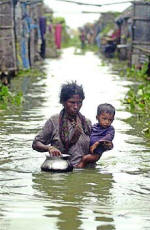
| The International Telecommunications Union (ITU) deployed satellite terminals in Bangladesh to assist in relief efforts in the aftermath of terrible monsoon flooding. According to government figures, 5 million people were displaced or marooned by the floods. Many homes were left damaged or completely uninhabitable. The satellite terminals were used to coordinate relief and rescue activities in the worst hit areas. ITU provided training to 30 telecoms engineers from Bangladesh who were designated to deploy and use the equipment. They were trained by ITU in basic operations, as well as in technical aspects of the satellite terminals. |
Vital communication links restored after Peru Earthquake |
| Following the devastating earthquake measuring 7.9 on the Richter scale that struck Southern Peru on 15 August 2007, killing more than 500 people and injuring as well as displacing thousands more, ITU deployed 50 satellite terminals to help restore vital communication links in remote and underserved areas. These links are critical in coordinating rescue and relief operations. The equipment is being deployed in areas where telecommunications are not available. But these are most needed to facilitate emergency teams as well as government organizations in establishing communications to coordinate their work. Emergency telecommunication is the key for government and humanitarian aid agencies involved in rescue operations, medical assistance and rehabilitation. Mountainous terrain in Peru has severely hampered access and the coordination of rescue operations. The restoration of telecommunication resources have helped bridge these gaps and provided the much needed link for the transmission and reception of high speed data for e-applications and for voice communications. This has provided support to both government authorities and relief agencies as well as to the affected population. |
ITU provides satellite imagery and training to Indonesia for post- earthquake disaster telecommunications network planning |
| Following the powerful magnitude 6.3 earthquake of Saturday 27 May 2006 that struck Java Island, Indonesia, ITU, in partnership with the United Nations Satellite Agency (UNOSAT), is assisting the government of Indonesia with the provision of satellite imagery, mapping services and training in Yogjakarta for post-disaster telecommunication network planning, rehabilitation and vulnerability reduction. The objectives of this post-disaster assistance are: Provide very high resolution pre-disaster geographical mapping, Provide very high resolution post-disaster mapping to be used in rehabilitation operations and planning of telecom networks, Provide geographical mapping information for reducing vulnerability of critical infrastructure, e.g., telecommunications network when future disasters strike, Provide assistance in interpreting data and information from the geographical maps, Conduct related training of staff as required, Provide GIS Software. |
ITU provides satellite communications to Suriname for relief |
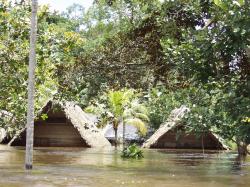
| The International Telecommunication Union has deployed satellite terminals to Suriname in response to a request for assistance by the government following an ongoing disaster. The equipment will facilitate timely flow of information among humanitarian workers in the field. The satellite terminals that are charged by solar panels support voice, high speed data and video applications. So far, response efforts have been hampered by damage to roads, airstrips and other parts of the South American nation's infrastructure including telecommunications. As the country gets more and more into the rainy season, authorities expect the flooding to worsen and heavy rains were forecast for the next few days. |
ITU Provides Emergency Satellite Services to Pakistan's Earthquake-Hit Zones |
| Immediately following the massive earthquake that struck the Pakistan-India border area in October 2005, ITU sent 55 satellite terminals to help restore vital communication links. The terminals would be used to coordinate relief and rescue operations, and help establish public call centres to provide essential information to families and friends searching for their loved ones. To facilitate the deployment of the telecommunication equipment, Pakistan quickly designated 40 officials to be responsible for communications. These were trained by ITU in basic operations, as well as in technical aspects of the satellite terminals. Training was also provided to 22 physicians involved in a telemedicine initiative at the Holy Family Hospital in Rawalpindi. This training was primarily on how to use the 40 RBGAN terminals that were to be deployed by medical teams helping injured people in remote areas. Diagnostic information on patients is being transmitted via satellite to hospitals, for expert analysis and advice. |
ITU Responds to Appeal for Telecommunications Assistance from Tsunami Affected Countries |
| Following the South East Asia Earthquake and Tsunami of Sunday 26 December 2004, ITU sent 14 satellite terminals (GANS) to Sri Lanka under the ITU-Inmarsat Partnership. ITU has also sent an expert to Thailand to train government designated technicians in the use of these terminals. Over and above the deployment of satellite terminals, ITU has already allocated 250 000 (USD) seed money to assess the damage to the telecommunication infrastructure in Indonesia, Maldives and Sri Lanka, prepare a telecommunication infrastructure rehabilitation plan, and help develop a national plan for emergency communications as part of the Tsunami Early Warning System for the Indian Ocean. As well, in the event of other natural disasters or major telecommunication network failures, ITU will assist governments in preparing technical specifications and investment projects needed for infrastructure procurement while helping to prepare the documentation required to source funding for the investment projects. |